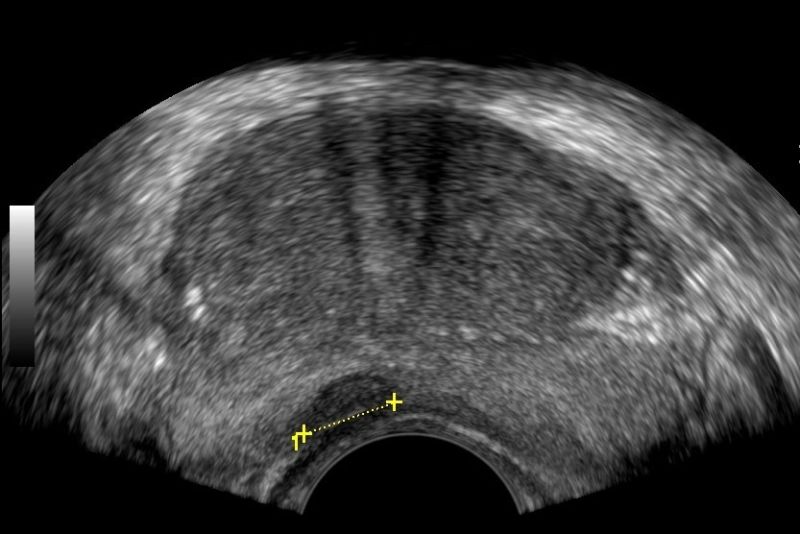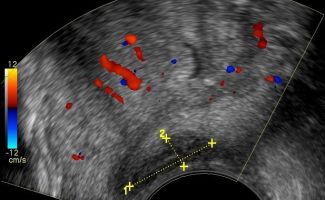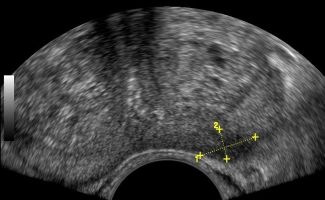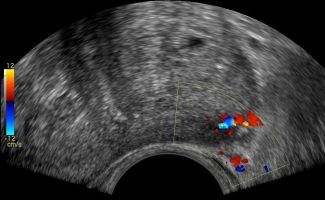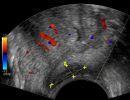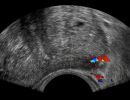What can be studied with the Transrectal Ultrasound?
- Prostate: It allows for a detailed assessment of the prostate's morphology and size.
- Peripheral Prostate Zone: The exam can detect focal lesions, such as neoplasms, in the peripheral zone of the prostate.
- Central Prostate Zone: The central zone can be checked for the presence of inflammation, abscesses, calcifications, or other space-occupying lesions.
When should a Transrectal Ultrasound be performed in combination with a Lower Abdominal Ultrasound?
The Transrectal Ultrasound provides more information about the size, morphology, and focal lesions of the prostate compared to the lower abdominal ultrasound. As a specialized examination, it is performed when there are clinical and biochemical indications, such as elevated PSA (prostate-specific antigen).
How is the Transrectal Ultrasound performed, and what preparation is needed?
The process of the Transrectal Ultrasound includes the following steps:
- Preparation: The patient should drink 2-3 glasses of water before the exam and avoid urinating. This helps better imaging of the lower abdomen during the first part of the ultrasound examination.
- Examination: The exam begins with a Lower Abdominal Ultrasound (suprapubic) and continues with the transrectal exam after urination. The transrectal ultrasound is performed using a special probe inserted into the rectum through the anal sphincter. This method provides a comprehensive evaluation of the prostate's morphology.



